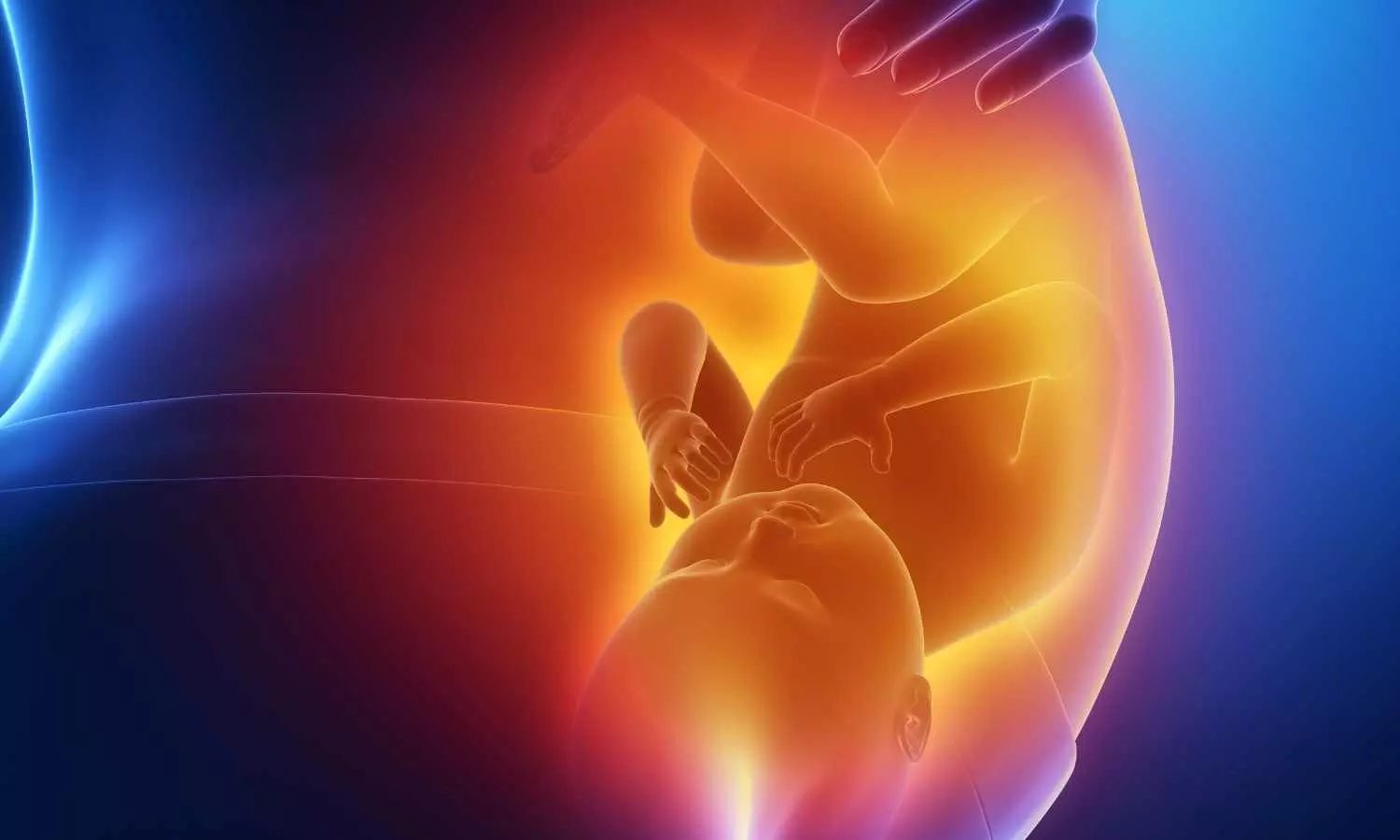Cesarean Secrets: How Uterine Niches Could Be Sabotaging Your Chances of Pregnancy, study finds
By Dr Pooja N
Copyright medicaldialogues

The relationship between secondary infertility and uterine niches is increasingly recognized within obstetrics and gynecology, particularly as cesarean delivery rates rise globally. Uterine niches, defined as indentations in the uterine wall at cesarean scar sites with a depth exceeding 2 mm, can lead to complications, including secondary infertility. This phenomenon is attributed to various pathophysiological mechanisms, including decreased residual myometrial thickness (RMT), chronic inflammation, and the accumulation of intracavity fluid which compromises endometrial receptivity, potentially inhibiting successful embryo implantation.Incidence of Secondary InfertilityRecently published systematic review of 35 studies highlighted a significant incidence of secondary infertility linked to uterine niches, ranging from 27.37% to 75%. Factors contributing to this association included alterations in uterine microenvironment, such as decreased RMT and the presence of inflammatory cytokines. Studies suggested that the accumulation of fluid within the niche could further hinder implantation through mechanical barriers and embryotoxic effects.Impact on Assisted Reproductive TechnologyAssisted reproductive technology (ART) outcomes appear adversely affected by uterine niches. Six studies demonstrated lower clinical pregnancy and live birth rates in women with niches compared to those without, particularly in protocols involving double embryo transfers. Inclusion of aspirated fluid prior to embryo transfer was noted to improve reproductive outcomes, indicating the importance of addressing intracavity fluid in ART.Surgical Interventions for Niche RepairSurgical interventions aimed at niche repair, including hysteroscopic and laparoscopic techniques, exhibited varied efficacy. Reports indicated that hysteroscopic resection had higher pregnancy rates post-surgery, with some studies showing around 70% of women achieving pregnancy within a year. Conversely, laparoscopic repair also yielded improvements in fertility, especially with significant increases in RMT observed post-operative. Combined surgical approaches appeared advantageous, offering thorough assessment and treatment of concurrent pathologies.Challenges in Surgical MethodologyHowever, significant heterogeneity among studies hindered firm conclusions regarding the optimal surgical method and timing. The lack of standardized definitions for uterine niches and varying criteria for assessing surgical success further complicated data synthesis.Conclusion and Future DirectionsIn conclusion, the association between uterine niches and secondary infertility warrants attention, highlighting the necessity for well-designed studies to establish clear diagnostic criteria and identify the most effective treatment modalities. These findings underscore a complex interplay of anatomical, physiological, and surgical considerations that must be integrated into clinical practice to enhance reproductive outcomes for affected women.Key Points- -Definition and Pathophysiology of Uterine Niches-: Uterine niches are indentations in the uterine wall at cesarean scar sites, characterized by depth exceeding 2 mm. They contribute to secondary infertility through mechanisms such as decreased residual myometrial thickness (RMT), chronic inflammation, and the accumulation of intracavity fluid, all of which compromise endometrial receptivity and hinder embryo implantation.- -Incidence of Secondary Infertility-: A systematic review encompassing 35 studies revealed that the prevalence of secondary infertility associated with uterine niches ranges between 27.37% and 75%. Key contributing factors include changes in the uterine microenvironment, notably decreased RMT and inflammatory cytokines, along with the mechanical and embryotoxic impacts of fluid accumulation within the niche.- -Impact on Assisted Reproductive Technology (ART)-: Uterine niches negatively influence ART outcomes, evidenced by six studies showing reduced clinical pregnancy and live birth rates among women with niches, especially in protocols employing double embryo transfers. The positive impact of aspirated fluid prior to embryo transfer on reproductive outcomes highlights the need to address intracavity fluid issues during ART.- -Efficacy of Surgical Interventions-: Surgical techniques for niche repair, such as hysteroscopic and laparoscopic approaches, have demonstrated varied success rates. Hysteroscopic resection shows promising outcomes, with approximately 70% of women achieving pregnancy within a year post-surgery, while laparoscopic methods also yield increases in fertility, particularly with marked enhancements in RMT after the procedure.- -Challenges in Surgical Methodology-: Variability among studies regarding surgical techniques and the absence of standardized definitions for uterine niches pose challenges in reaching definitive conclusions about the optimal surgical approach and timing. Differences in criteria for…



